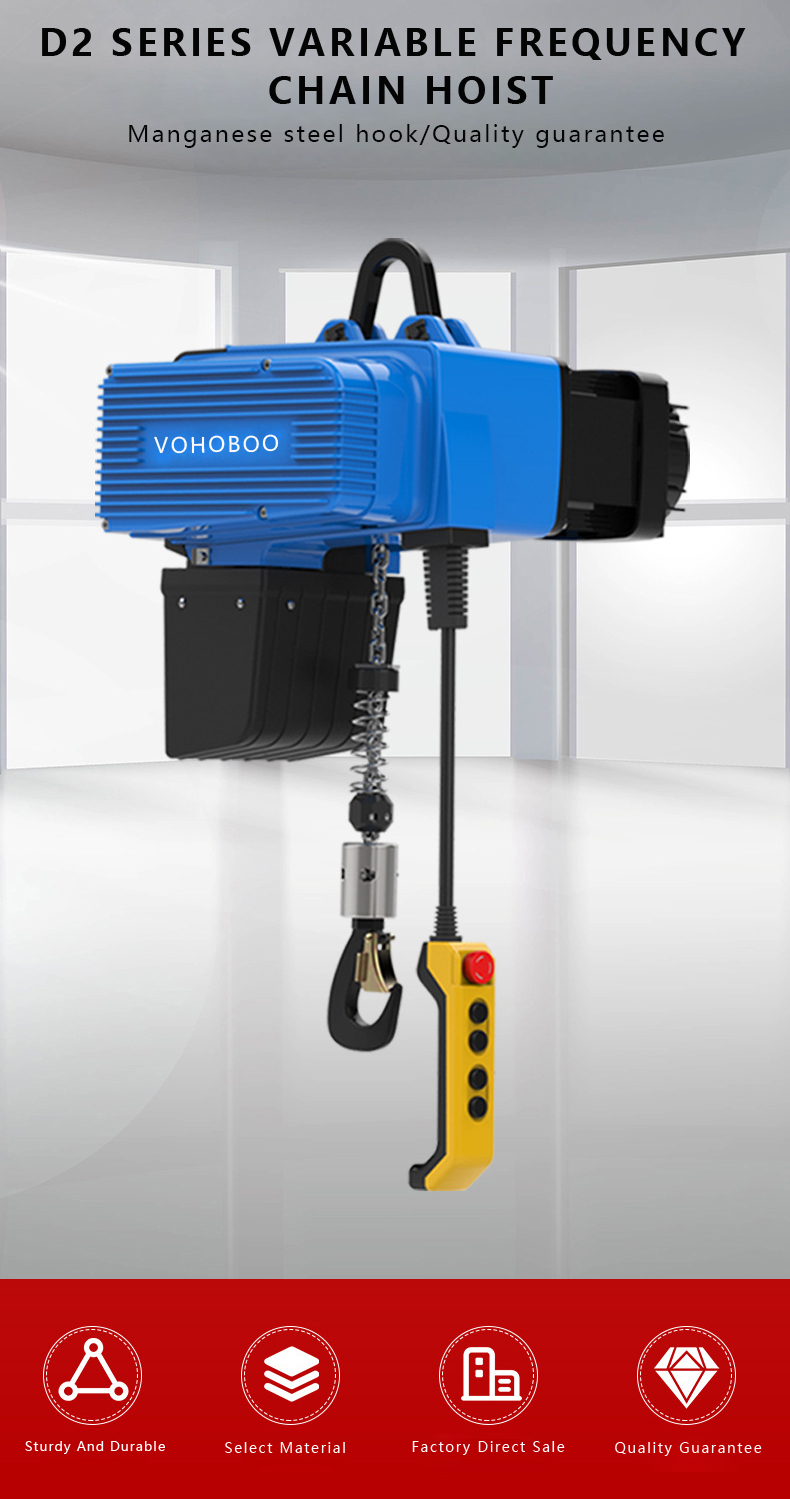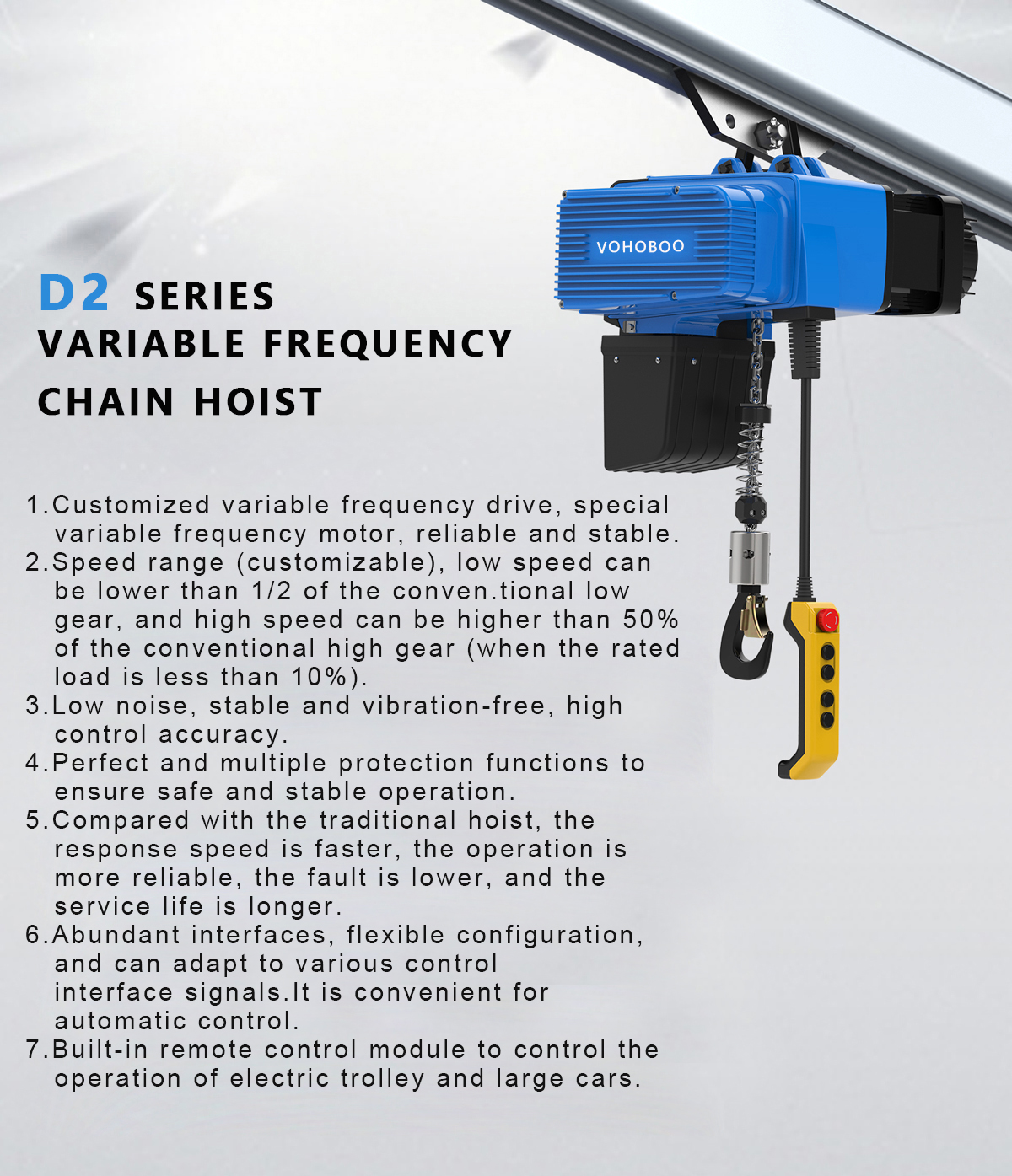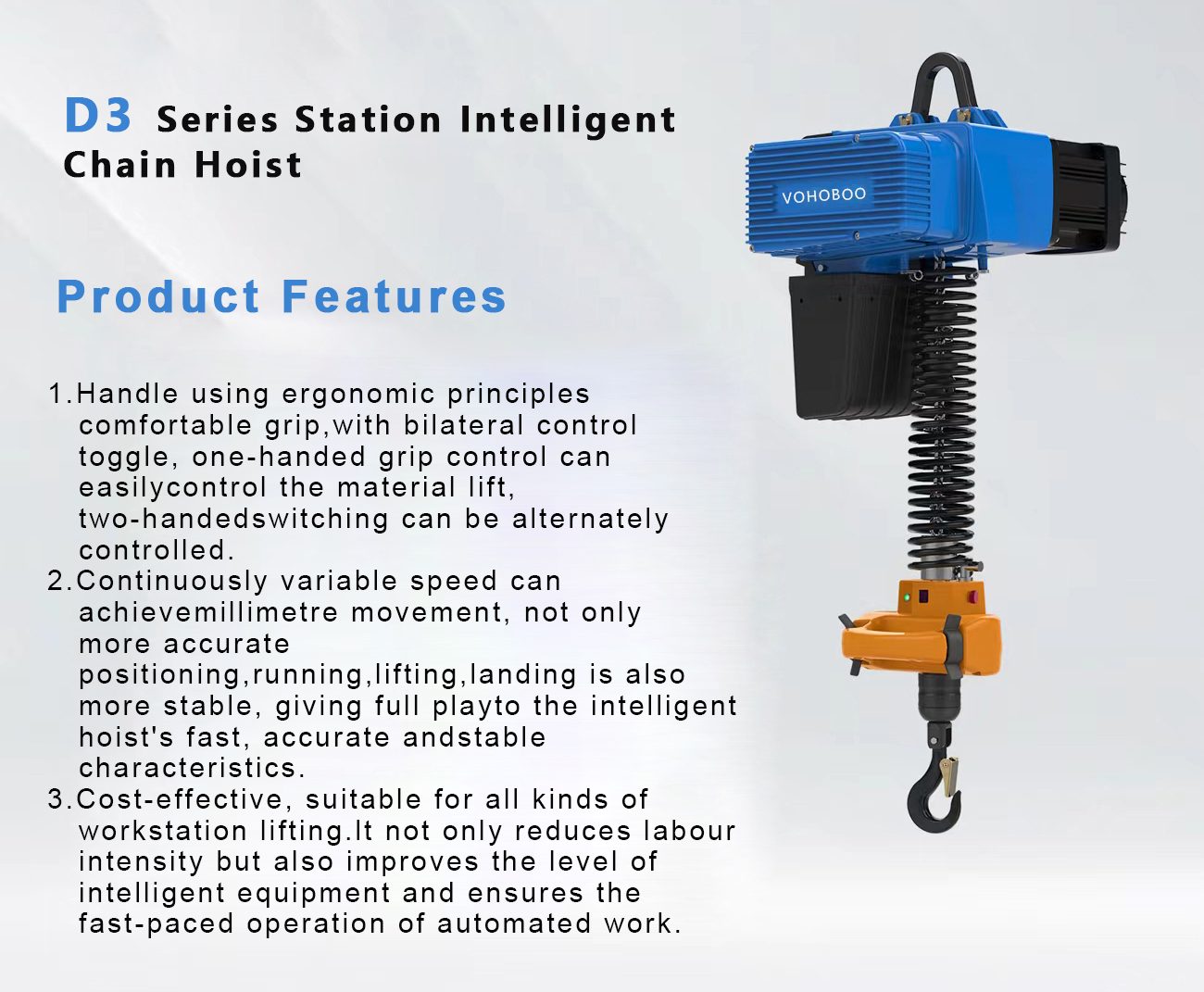


Intelligent Hoist Description:
An intelligent hoist, also known as a smart hoist or smart lifting system, refers to a hoisting apparatus equipped with advanced technologies and features that enhance its efficiency, safety, and overall performance. These systems often incorporate sensors, automation, and connectivity to provide a higher level of control and monitoring. Below are key components and features commonly associated with intelligent hoists:
-
1.Load Monitoring Sensors:
- Intelligent hoists are often equipped with load sensors that can measure the weight of the load being lifted. This feature helps prevent overloading, ensuring that the hoist operates within its specified capacity.
-
2.Positioning Systems:
- Some intelligent hoists include positioning systems, such as encoders or GPS, to accurately determine and control the position of the load. This is particularly useful in applications where precise positioning is critical.
-
3.Variable Speed Control:
- These hoists often have variable speed control mechanisms, allowing for smooth and controlled lifting or lowering of the load. Variable speed control can be especially beneficial when dealing with delicate or sensitive loads.
-
4.Remote Control and Automation:
- Intelligent hoists are often operated through remote control devices, enabling the operator to control the hoist from a safe distance. Automation features may include programmable lifting sequences, which can improve efficiency and reduce the risk of human error.
-
5.Safety Features:
- Advanced safety features are a hallmark of intelligent hoists. These may include emergency stop functions, anti-sway systems, and collision detection to enhance overall safety during lifting operations.
-
6.Data Logging and Monitoring:
- Intelligent hoists often have the capability to log and monitor operational data. This data can be useful for maintenance purposes, performance analysis, and compliance with safety regulations.
-
7.Connectivity and Integration:
- Some intelligent hoists are designed to be part of a larger network of devices, allowing for integration with other equipment and systems. This connectivity can facilitate data sharing and remote monitoring, contributing to a more interconnected and efficient work environment.
-
8.Energy Efficiency:
- Intelligent hoists may incorporate energy-efficient technologies, such as regenerative braking systems, to optimize energy consumption and reduce overall operational costs.
-
9.User Interface:
- The user interface of intelligent hoists is often designed to be user-friendly, providing operators with clear information about the hoisting process, load conditions, and any potential issues.
-
10.Compliance with Standards:
- Intelligent hoists are typically designed and manufactured to comply with industry standards and regulations related to lifting equipment and safety.



















